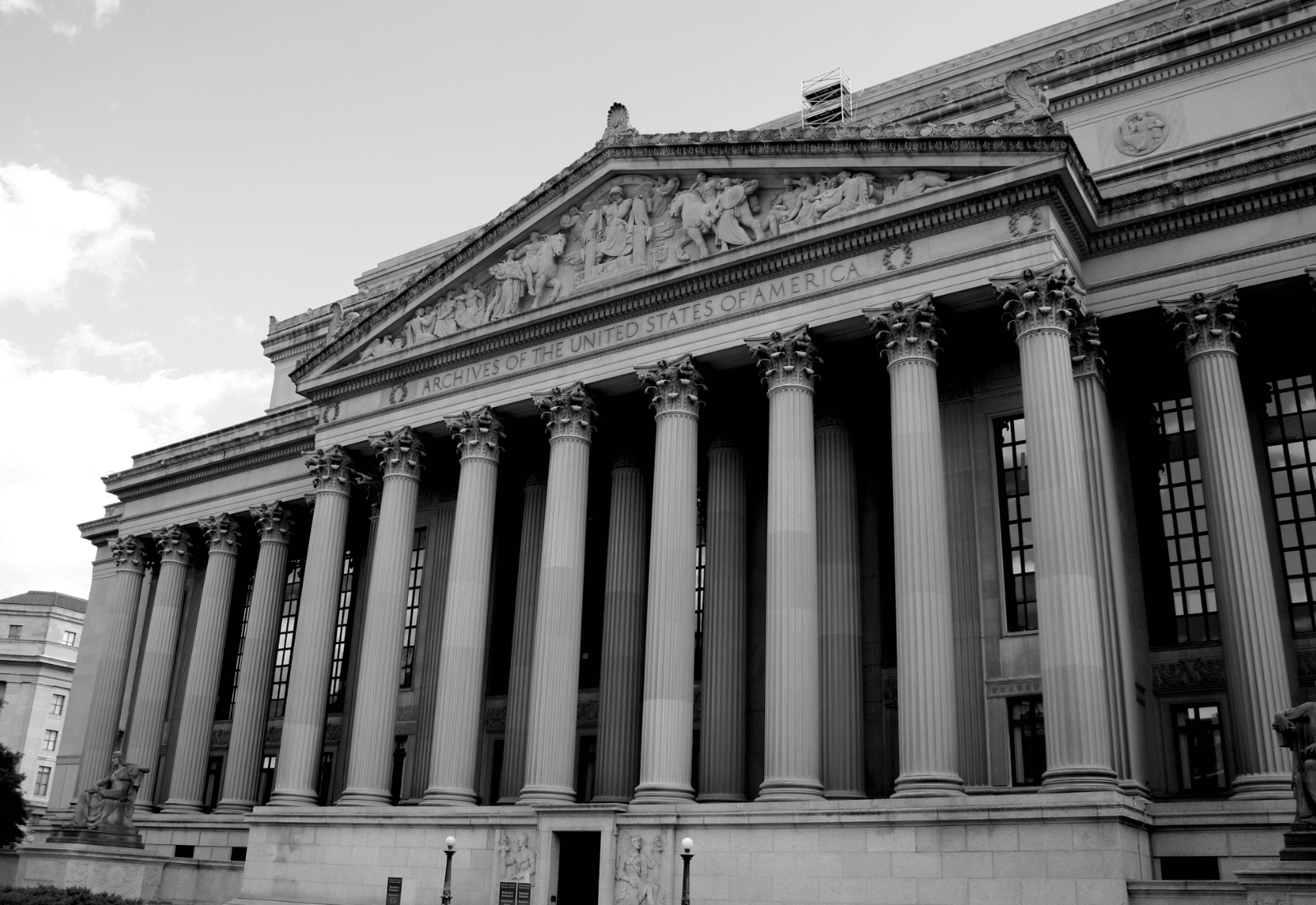Discovering the History of the National Archives

Recent Articles





When it comes to exploring the history of the United States, the National Archives in Washington, D.C., is a treasure trove of documents and artifacts that have shaped the nation. From the Declaration of Independence to the Bill of Rights, the National Archives houses some of the most important records in American history. Whether you’re a history buff, a student, or simply curious about the country’s past, a visit to the National Archives offers an unparalleled opportunity to connect with the founding principles of the United States. Read on to learn more from Tiber Creek Private Tours.
The Birth of the National Archives
The Need for a National Repository
Establishment in 1934
The First Archivist and the Organization of the Archives
With the establishment of the National Archives, the responsibility of organizing and preserving the nation’s records fell to the institution’s first Archivist, Robert D.W. Connor. Appointed by President Franklin D. Roosevelt, Connor was a historian and educator who understood the immense importance of the task at hand. His leadership was instrumental in shaping the early years of the National Archives.
The Building and Its Architecture
The National Archives building, located on Constitution Avenue, was completed in 1935 and is a stunning example of neoclassical architecture. Designed by architect John Russell Pope, who also designed the Jefferson Memorial and the National Gallery of Art, the building’s grand façade and marble columns evoke the gravitas of the documents housed within. The exterior of the building is adorned with sculptures and inscriptions that emphasize the importance of law and the preservation of history.
Key Exhibits at the National Archives
The Charters of Freedom
The most famous documents housed at the National Archives are collectively known as the Charters of Freedom. This trio of documents includes:
- The Declaration of Independence
- The Constitution of the United States
- The Bill of Rights
These foundational texts are displayed in the Rotunda for the Charters of Freedom, where visitors can view them up close.
The Declaration of Independence
Drafted by Thomas Jefferson in 1776, the Declaration of Independence announced the thirteen American colonies’ separation from British rule. The document eloquently outlines the principles of individual liberty and government by consent of the governed, making it a cornerstone of American democracy.
The Constitution of the United States
The Constitution, signed in 1787, established the framework for the federal government and delineated the powers of its three branches: Legislative, executive, and judicial. It also set forth the process for amending the Constitution, allowing the document to evolve with the nation over time.
The Bill of Rights
Ratified in 1791, the Bill of Rights comprises the first ten amendments to the Constitution. These amendments guarantee essential freedoms and rights, such as:
- Freedom of speech, religion, and the press
- Protections against unreasonable searches and seizures
- The right to keep and bear arms
- The right to a speedy and public trial by an impartial jury
- Protection against double jeopardy and self-incrimination
- The right to due process of law
- Protection against excessive bail, fines, and cruel and unusual punishment
- The right to petition the government for a redress of grievances
The Public Vaults
The Public Vaults exhibit offers visitors a deeper dive into the vast collection of documents housed at the National Archives. This interactive exhibit allows visitors to explore original records from a wide range of topics, including:
- Military history
- Immigration
- Civil rights
- Presidential records
- Native American treaties
- Women’s suffrage
- Espionage and intelligence
Through digital displays and multimedia presentations, the Public Vaults bring history to life, offering a more personal connection to the events and people that shaped the nation.
The Records of Rights
The Records of Rights exhibit examines the ongoing struggle for civil rights in the United States. Through documents, photographs, and other artifacts, this exhibit traces the fight for equality from the founding of the nation to the present day. Visitors can explore the stories of individuals and groups who have fought for their rights, including African Americans, women, Native Americans, and LGBTQ+ individuals.
Expanding the Mission: Regional Archives and Online Access
Recognizing the importance of making records accessible to all Americans, the National Archives has expanded its reach beyond Washington, D.C. Regional archives and Presidential libraries across the country now house millions of records, bringing the resources of the National Archives closer to people who live far from the nation’s capital.
The National Archives has also embraced technology to broaden access to its collections. Through its website and digital archives, millions of documents are now available online, allowing anyone with an internet connection to explore the nation’s history. This shift has democratized access to historical records, making it easier than ever for researchers, students, and the public to engage with the past.
Why Book a Private Tour of the National Archives?
Personalized Experience
Booking a private tour of the National Archives ensures a personalized experience tailored to your interests. With a private guide, you can explore the exhibits at your own pace, ask questions, and delve deeper into the areas that intrigue you the most.
Expert Guides
Private D.C. tour service provides guides who are experts in the history of the National Archives and the documents housed within. These guides offer insights that go beyond the standard information available to the public, providing a richer understanding of the historical context and significance of the exhibits.
Avoid the Crowds
One of the biggest challenges of visiting attractions like the National Archives is dealing with the crowds. A private tour allows you to avoid the hustle and bustle of large groups, giving you more time and space to appreciate the exhibits. This is especially important when viewing the Charters of Freedom, as these documents can attract large numbers of visitors. With a private tour, you can enjoy a more intimate and relaxed experience.
In Summary
Contact Tiber Creek Private Tours to Book a Private Tour of D.C.
Ready to explore the history of the National Archives with a private tour? Tiber Creek Private Tours is here to provide you with an exceptional experience. Our guides are passionate about history and dedicated to making your visit unforgettable. To book your private tour, contact us online or call 202-630-9261. We look forward to helping you explore the National Archives and the documents that shaped the United States.












